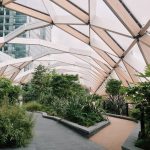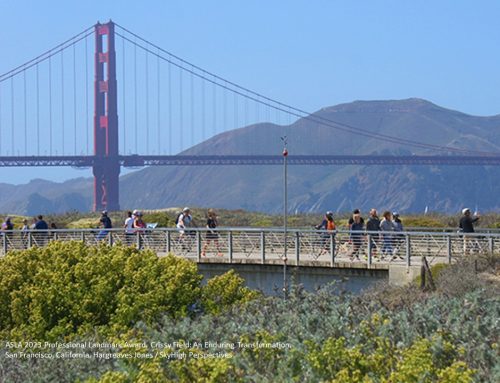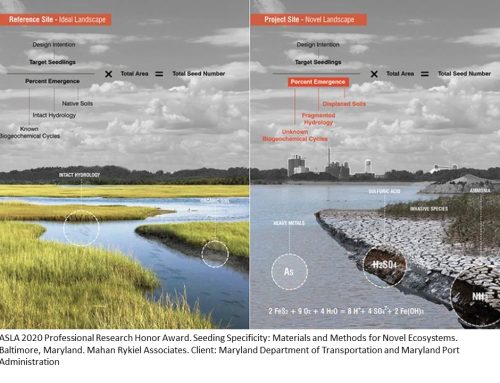
Photo by Daria Shevtsova from Pexels
A mirrored house in Santorini appears to float over the ground, reflecting the natural landscape in its walls. Exciting trends in modern design are widely sought-after in homes, public buildings and open spaces, but landscaping in a modern way can be more difficult. The modern style is all about clean lines and uncluttered surfaces, and the mirrored house merges building design with landscape design to bring the two together. However, without embarking on a design project that encompasses both building and landscape design, alternative approaches must be taken to achieve a modern look outside the building while preserving the natural landscape.
Hard Surfaces
Modern design is all about hard surfaces and sharp angles, so if you're making a modern landscape, it's essential to make liberal use of materials like concrete, wood and metal. Square or rectangular benches are an excellent addition to an outdoor sitting area, and dark-stained timber is perfect for defining planters or walkways. Modern design is unique for using materials in strange ways, such as in a gravel wall and a wood path, instead of using the materials in the traditional way. Don't be afraid to mix materials for modern touches. Gravel, steel, wood and concrete all lend themselves well to the look, and if used correctly, they can complement each other and the overall feel. With modern landscape design, plants aren't the focal point; rather, plants tend to be more of an accessory or detail. The landscape should be a natural extension of the building it surrounds.
Making Use Of Greenery
Greenery and plants tend to be much more sparse in modern landscape design. However, this doesn't mean you can't incorporate all the plants you want, and with environmental concerns being at the forefront of new design, it's imperative to ensure that existing tree populations thrive as much as possible. The placement of plants is critical, or they can detract from the modern feel of your design. Symmetry, for example, is a recurring theme in modern design, and it's imperative to show symmetry in your modern landscapes. Modern planters tend to feature the same plant repeated several times, and they are most often confined to pots or planters rather than growing wild. It's important to pick one plant, or several varieties of one plant for a specific area, then create a repeating pattern. Modern landscaping does not lend itself well to a mish-mash of many plants.
Plant Types
The types of plants you decide to use in your modern landscape are also important. Of course, it's always ideal to use native or native-friendly plants in any environmentally-conscious landscaping project, but modern landscaping typically calls for monochromatic, elegant and stark plants. If you work the design correctly, you can incorporate just about any plant into a modern landscape. However, some types are more difficult to integrate than others. For example, bright colors tend to detract from a modern feel immediately. However, if you choose just one bright color to work with, you might be able to maintain the modern look while still making use of some attractive colors and patterns.
While Santorini's mirrored house takes the merging of architecture and landscape to the extreme, it's possible to create a modern landscape to work with any structure by paying close attention to shape, structure and materials.




